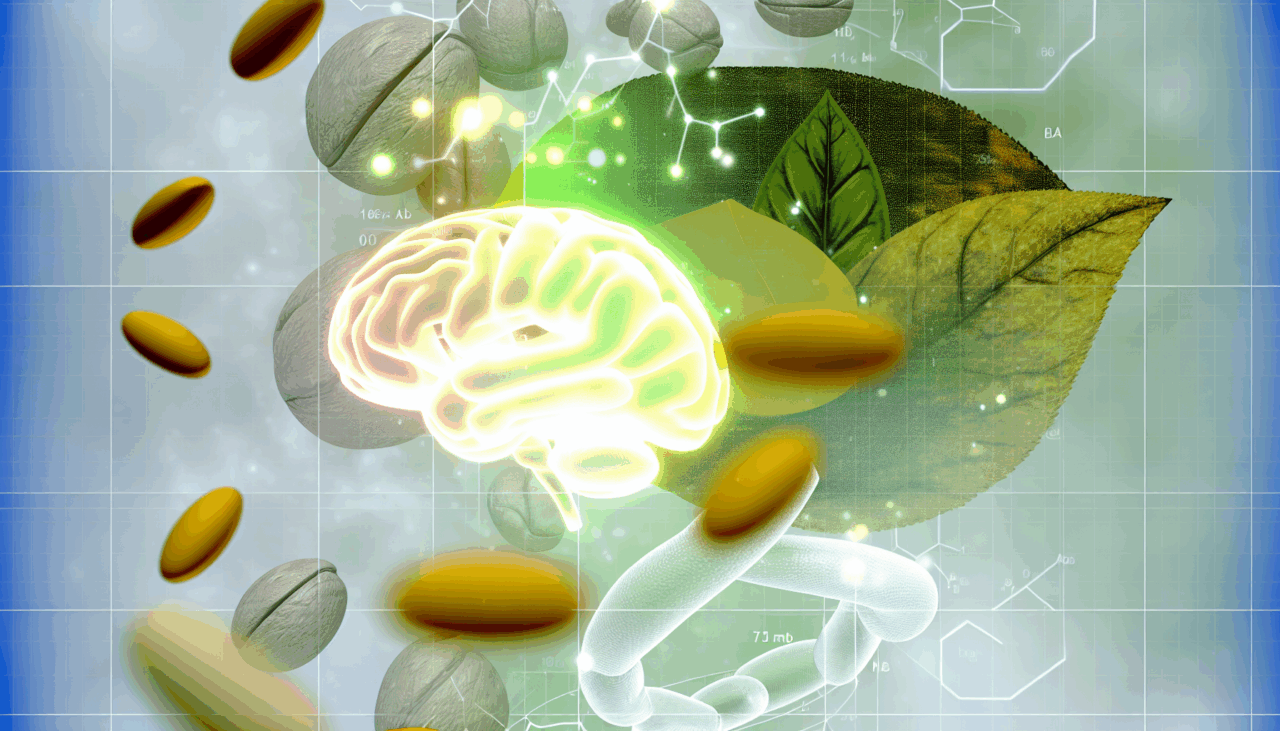Researchers at the University of California, Irvine have discovered a promising nonpharmaceutical approach to rejuvenate aging brain cells and eliminate harmful protein accumulations linked to Alzheimer’s disease. This breakthrough involves a combination of naturally occurring compounds: nicotinamide, a form of vitamin B3, and epigallocatechin gallate, an antioxidant found in green tea.
Reversing Age-Related Cellular Deficits
In a study published in the journal GeroScience, the UC Irvine team demonstrated that these compounds can restore levels of guanosine triphosphate (GTP), a crucial energy molecule in brain cells. The research involved testing neurons in vitro, where the treatment reversed age-related cellular deficits and enhanced the brain cells’ ability to clear amyloid protein aggregates, a hallmark of Alzheimer’s disease.
“As people age, their brains experience a decline in neuronal energy levels, which hampers the removal of unwanted proteins and damaged components,” explained Gregory Brewer, lead author and adjunct professor of biomedical engineering at UC Irvine. “We found that restoring energy levels helps neurons regain this critical cleanup function.”
Tracking Energy Levels in Neurons
The researchers employed a genetically encoded fluorescent sensor known as GEVAL to monitor live GTP levels in neurons from aged Alzheimer’s model mice. They observed that free GTP levels decreased with age, particularly in mitochondria, the energy centers of cells, leading to impaired autophagy—the process by which cells eliminate damaged components.
However, when aged neurons were treated for just 24 hours with nicotinamide and epigallocatechin gallate, GTP levels were restored to those typically seen in younger cells. This revival triggered a cascade of benefits, including improved energy metabolism, activation of key GTPases involved in cellular trafficking (Rab7 and Arl8b), and efficient clearance of amyloid beta aggregates. Additionally, oxidative stress, another contributor to neurodegeneration, was reduced.
Potential for Treating Cognitive Decline
“This study highlights GTP as a previously underappreciated energy source driving vital brain functions,” Brewer noted. “By supplementing the brain’s energy systems with compounds that are already available as dietary supplements, we may have a new path toward treating age-related cognitive decline and Alzheimer’s disease.”
Despite these promising findings, Brewer cautioned that further research is necessary to determine the most effective method of administering this treatment. A recent clinical trial involving UC Irvine researchers indicated that oral nicotinamide was not very effective due to inactivation in the bloodstream.
Collaborative Efforts and Future Research
Brewer’s collaborators on this study included Ricardo Santana, a UC Irvine associate specialist in biomedical engineering, and Joshua McWhirt, a UC Irvine junior specialist who is now a Ph.D. candidate at the Medical University of South Carolina.
The study, titled “Treatment of age-related decreases in GTP levels restores endocytosis and autophagy,” provides a foundation for future research into nonpharmaceutical treatments for neurodegenerative diseases. The findings suggest that targeting energy metabolism and autophagy in brain cells could be a viable strategy for combating cognitive decline associated with aging and Alzheimer’s disease.
For more information, refer to the original study by R. A. Santana et al. in GeroScience (2025), DOI: 10.1007/s11357-025-01786-4.
🔗 **Fuente:** https://medicalxpress.com/news/2025-08-vitamin-b3-green-tea-compound.html

